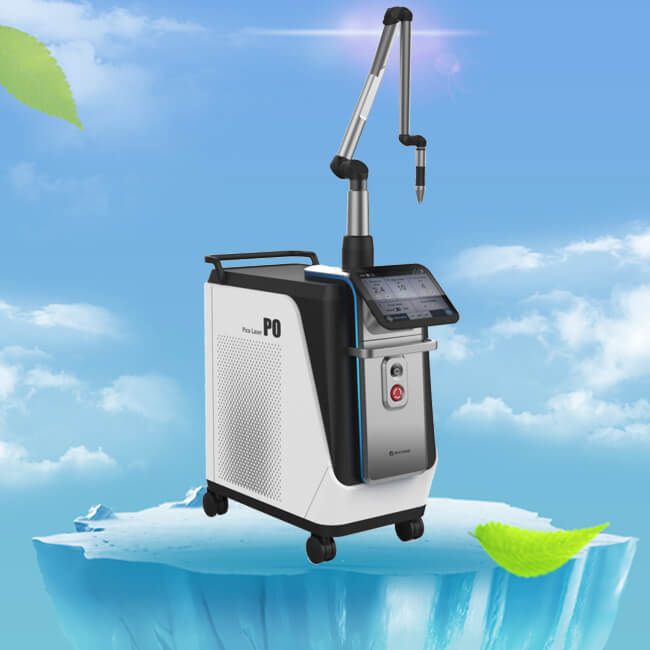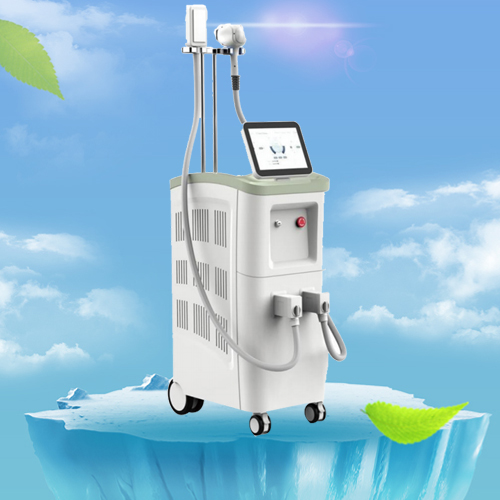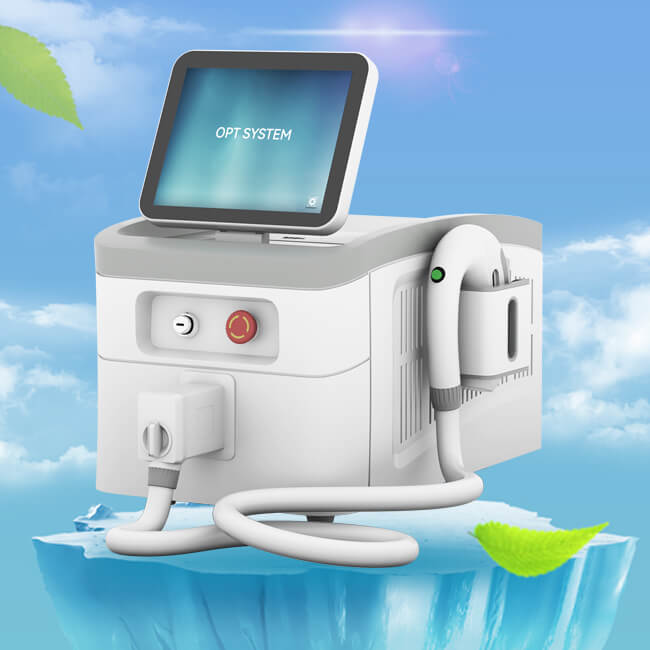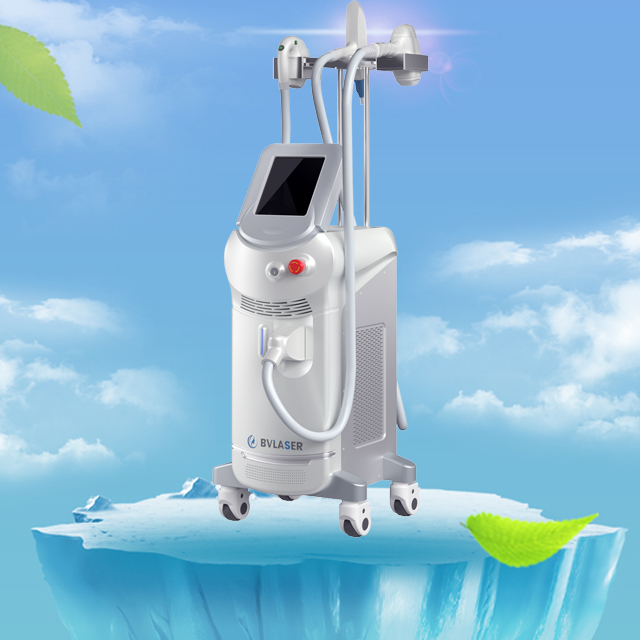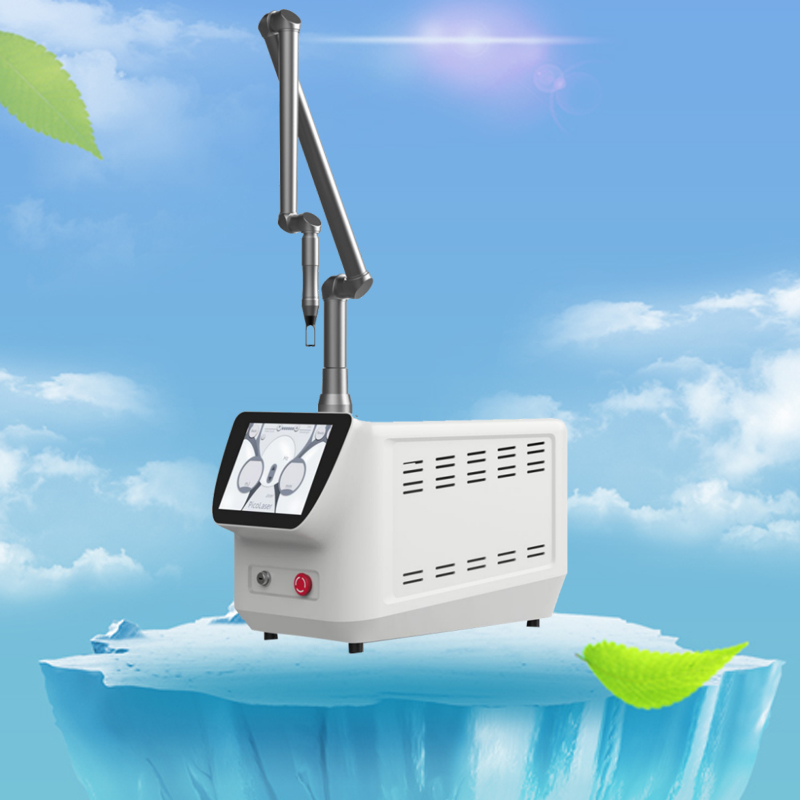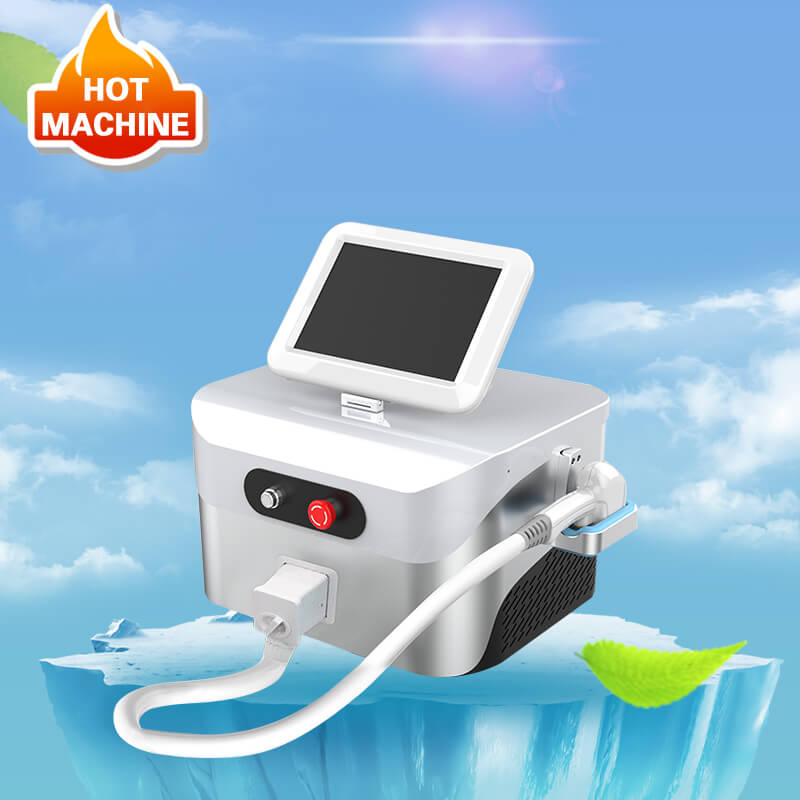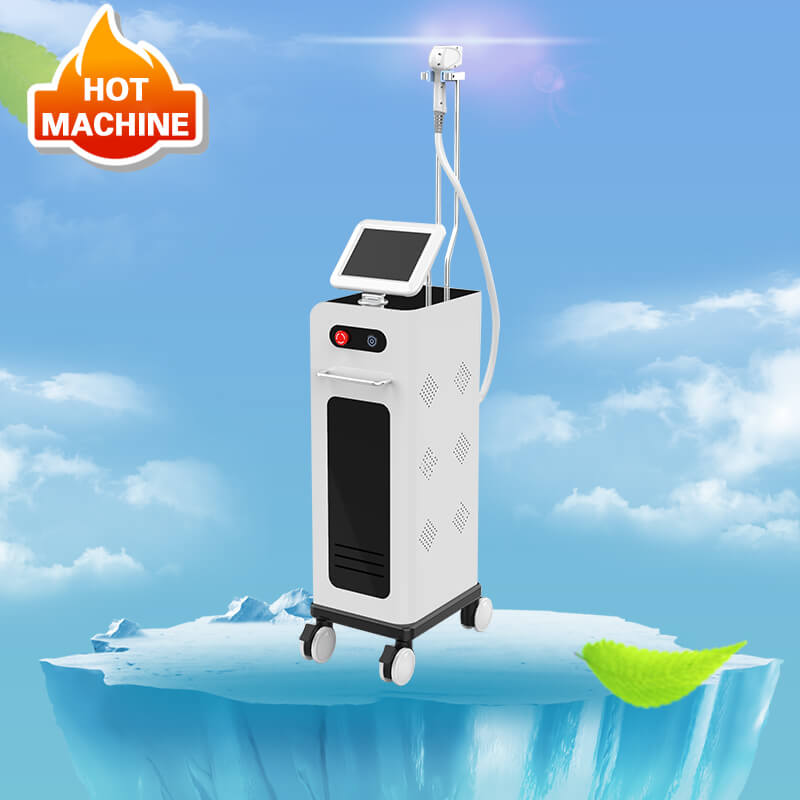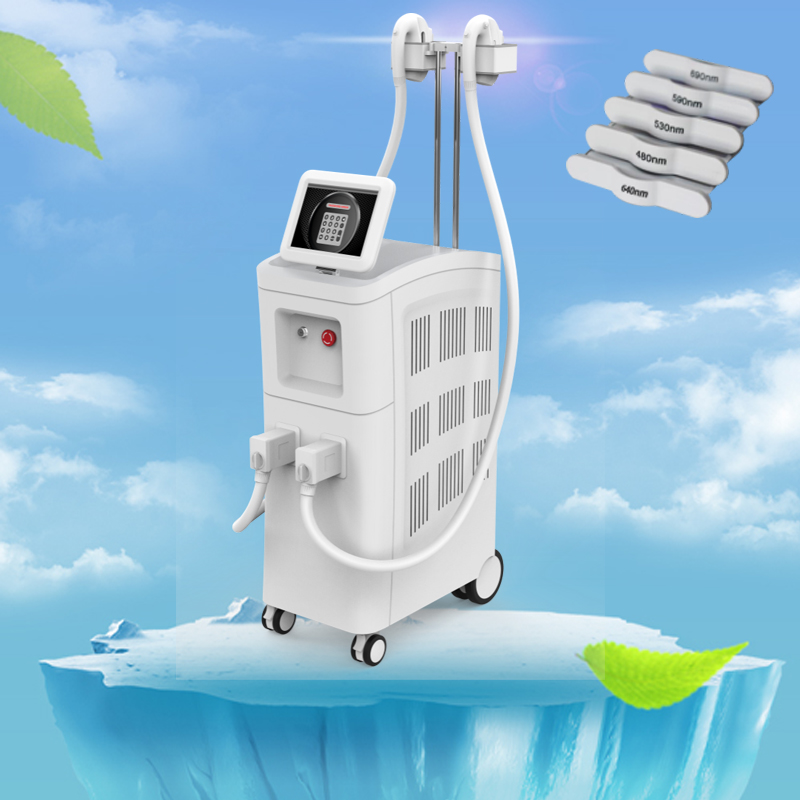Questions You Should Know About Q-switched ND YAG Laser
Author:baishilf Time:2023-08-03 15:01:35
Our company BVLASER (Bestview Laser) is a Q switched ND YAG laser tattoo removal machine manufacturer in China for more than 13 years. With years of development, our company built our R&D team for the laser research. We have series of beauty euipments, such as hair removal system, skin rejuvenation system, body sliming system, plastic surgery system. etc.
Many of our customers will have questions about what machines are suitable for them. This post, we will share the questions you should know about the Q switch ND YAG laser machine. If you still do not know which machine you should choose, please contact us, we will provide you the professional solutions.

What Does The Q Switch Laser Inlcude?
Q-switch technology includes electro-optic Q-switching, acousto-optic Q-switching, dye-switching Q, color-core crystal Q-switching, and rotating mirror Q-switching.
Among them, electro-optic Q-switching, acousto-optic Q-switching, and dye-switching Q are most commonly used. Electro-optic Q-switching, acousto-optic Q-switching is called active Q-switching, and dye-switching Q is called passive Q-switching.
At present, Q-switched lasers already have many wavelengths, and beauty salons mainly use Q1064 & 532, Q464, and Q755.
If you want a q-switched laser to remove tattoo, please check this q switched nd yag laser tattoo removal machine.

What Is The Working Principle Of The Q Switch Laser?
Using the principle of photo-blasting, the laser collects high-energy instantaneous emission. So that the laser of fixed wavelength penetrates the epidermis to the diseased tissue in a very short time. And the light-absorbing energy of the corresponding color group is rapidly exploded and bursts and the diseased tissue is destroyed. The chromophore will gradually fade until it disappears, and the surrounding normal skin tissue has almost no damage because it does not absorb the laser of a fixed wavelength.

What problems does Q-switch laser solve?
-
Treatment of freckles: Freckles are spotted, sesame-like brown or light brown spots. The laser emitted by the Q-switched laser can smoothly penetrate the skin on the lesion, enter the lesion, and treat the pigment in the lesion. The freckle pigment is completely fragmented and collapsed under the powerful laser irradiation. The solution, then let it dissipate on its own.
-
Treatment of Ota: Ota is a kind of birthmark. It is usually distributed around the eyelids, producing patches, or spots of blue, brown, black, or mixed colors. Laser treatment of Ota is to use the selective photothermal effect of light on different color objects, using different lasers with different nanometer values to selectively act on melanocytes in the dermis, so that it is instantly heated to gasification and pulverization, while other tissues of the skin are not Damaged, thereby removing melanin.
-
Washing tattoos and lip lines, eyeliner: Nowadays, due to pigment instability, design errors, and fashion changes, etc., the number of people who want to remove tattoos, lip liners and eyeliners is increasing. When a Q-switched laser with a specific wavelength is applied to an artificial dye, the dye molecules are vaporized, pulverized, and excreted, causing the color of the streaks to subside. This regression is seen at the time of treatment.
-
Treatment of port wine stains: Port wine stains are common in the face, neck, and scalp. The Q-switched laser technology utilizes hemoglobin in blood vessels to selectively absorb the energy released by a laser of a specific wavelength, resulting in damage and complete destruction of blood vessels, while the surrounding normal skin tissue is rarely absorbed, thereby achieving the elimination of vascularity. The ideal effect of skin lesions without damaging normal tissue.
In addition, Q-switch laser can also treat sunspots, seborrheic keratosis, cantharidin, coffee spots, post-inflammatory hyperpigmentation; Ito, Mongolian, blue sputum; chloasma, melanosis, partial pigmentation.

Do pigmentation treatments require the injection of anesthetic?
During the procedure, the person receiving the treatment will have slight acupuncture and no need to use an anesthetic. However, for some large-scale tattoos, Ota, etc., Because of the long treatment time, individual patients can be given topical anesthetics to relieve pain, no need to inject anesthetics.
How is the effect of Q-switch laser treatment on pigmentation?
In general, the effects of laser treatment of Ota, freckles and age spots are ideal, but not all pigmented diseases can be removed by laser. For example, the most common chloasma (commonly known as liver spot) in oriental women is generally in dynamic changes, and usually reappears or even worsens after laser treatment. Freckles or age spots are good, but please don’t get sunshine.

What are the advantages of Q-switched laser freckle?
-
Selective treatment without damaging normal skin;
-
Treatment time is short, no impact on work, life, learning;
-
No side effects and sequelae;
-
Efficient and safe.
What are the Q switch laser treatment course?
The regression time of pigment particles after laser treatment is generally 3 to 6 months. Due to the individual differences in the size, type, depth, color and individual skin color, metabolic capacity, age, etc. of different pigmented diseases, the time and extent of pigment granule regression after laser treatment are also different.
The lighter the lesion, the younger the age, and the better the treatment, the better. Usually 2 to 3 months apart. In general, freckles, senile plaques, and other superficial pigmentary diseases need 1 to 2 times and deep pigmentary diseases such as Ota 5 5 to 10 times.
What are the Q-switch laser treatment precautions?
-
Some lesions require multiple treatments.
-
Scars may appear after treatment.
-
The treatment site 5 to 7 days can not be wet, prevent infection.
-
Temporary pigmentation may be deepened or lost in the short term after treatment and will disappear after several months.
-
After treatment, pay attention to sunscreen (especially within 1 month).
-
Small area stains may appear slightly swelling in the local after treatment. When a large area of pigmentation is treated, especially around the eyes, there will be obvious swelling, which usually disappears after 3 to 5 days.
-
After treatment, may have mild redness and pale brown sputum, pay attention to wound protection and cleaning, you can use some lubricated drugs, suede to let it fall off.





